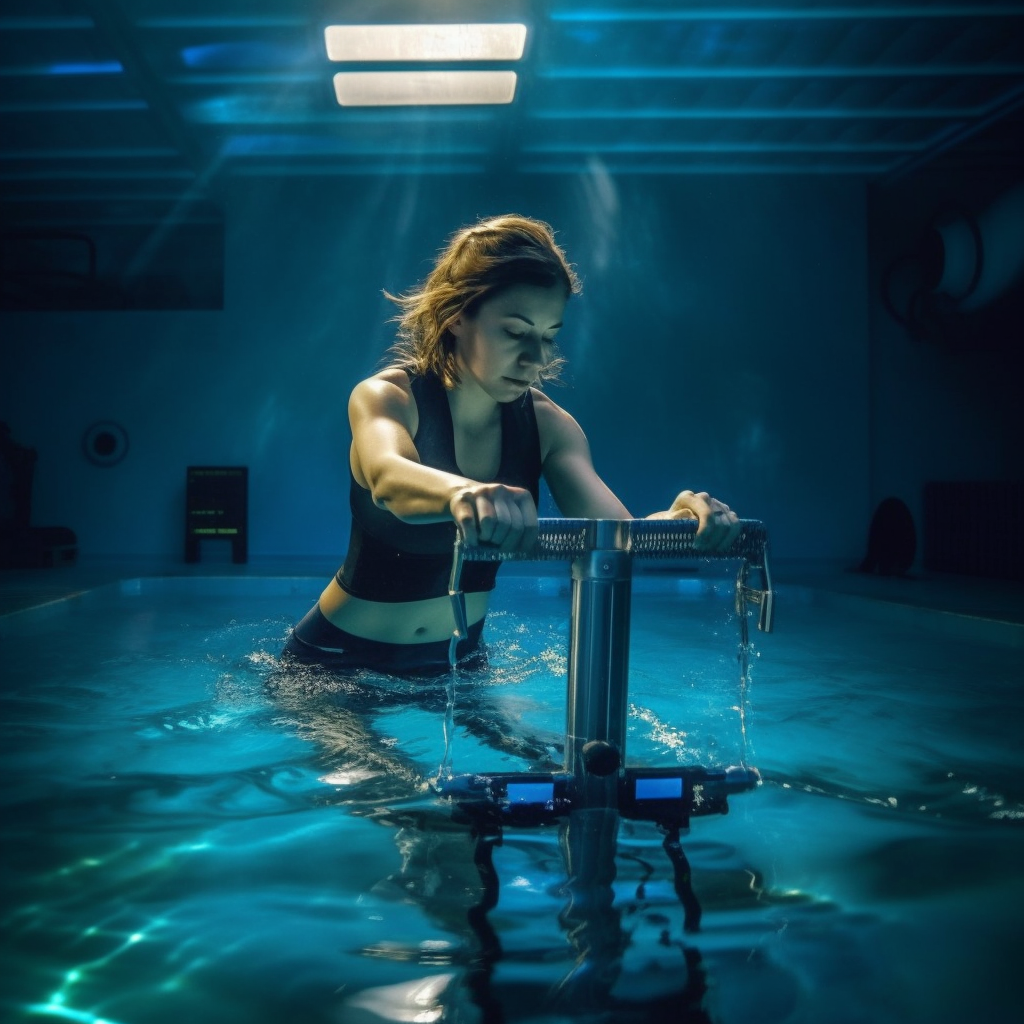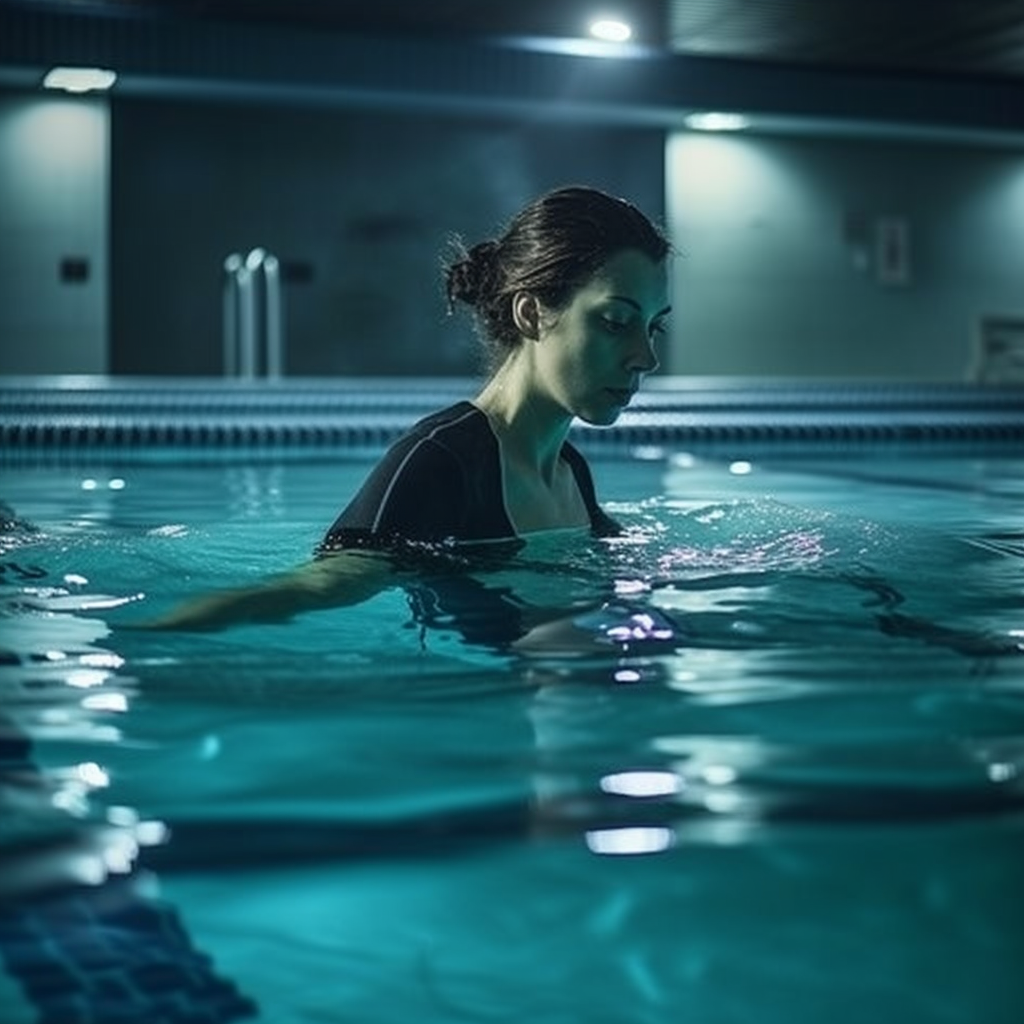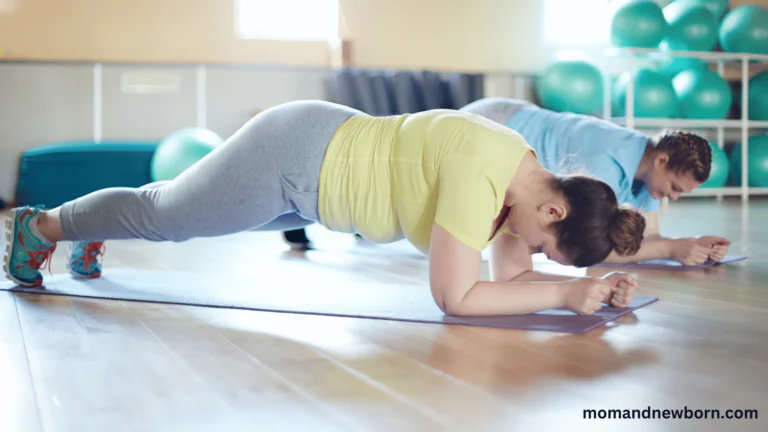Treading Water: How Many Calories Can You Burn?
Treading water is an excellent low-impact exercise that can provide numerous health benefits. It’s a fun and refreshing activity that can help burn calories, improve cardiovascular health, and tone your muscles. Unlike other high-impact workouts, treading water is gentle on your joints and suitable for people of all fitness levels, making it an ideal activity for anyone looking to improve their physical fitness.
What is the trick to treading water?

Stay relaxed: Treading water requires a lot of energy, so staying calm and conserving your energy as much as possible is essential. Keep your movements fluid, and avoid tensing up your muscles.
Use your legs: Your legs are your primary power source when treading water. Use a scissor-kick motion to keep yourself afloat, making small, quick movements with your feet to keep your head above water.
Use your arms: Your arms can help you stay afloat by creating a counterbalance to your legs. Make circular or figure-eight motions with your arms, keeping them close to your body to avoid unnecessary fatigue.
Breathe deeply: Treading water can be tiring, so ensure you breathe deeply and regularly to avoid getting out of breath. Exhale fully underwater and inhale deeply when your mouth is above the water’s surface.
How can I flatten my stomach in the pool?

Swim regularly: Swimming is a great cardiovascular exercise that can help you burn calories and lose weight. By swimming regularly, you can reduce your overall body fat percentage, which can help flatten your stomach.
Focus on your core: Engage your core muscles as you swim by pulling your belly button towards your spine. This will help you maintain a flat stomach while you swim.
Use a kickboard: A kickboard is a great way to target your abs and lower back muscles. Hold the kickboard out in front of you with your arms straight, and kick your legs as you hold your stomach muscles tight.
Try different strokes: Different swimming strokes can work other parts of your body, including your abs. The butterfly stroke, in particular, is a great way to target your core muscles.
How many calories does treading water burn?

A 10-minute water treading session burns about 135 calories for a person weighing 175 pounds. You can lose a lot of weight with a workout plan that consists of simply swimming in the same spot while barely moving.
The fact that you do not need additional equipment and may quickly burn hundreds of calories makes this method a fantastic addition to your exercise program. Treading water is also simpler than learning to swim or using fitness equipment.
For a 150-pound person, 30 minutes of moderate-intensity water treading burn about 135 calories. As your heart rate increases, you will be slightly out of breath, but you can still entertain yourself at this pace. If you push yourself harder and move your arms and legs faster, you can increase your calorie burn to about 340 calories per half hour.
Your heart rate is fast, your breathing is rapid, and conversing is difficult at this pace. If you weigh less than 150 pounds, your calorie burn will be lower; if you consider more, your calorie burn will be higher. Your calorie burn may decrease if you move your arms instead of pushing them in sync with your legs.
Water treading is a good exercise that can help you lose weight healthily. Many people, however, find it difficult to sustain for long periods. You will only burn as many calories as you believe if you can’t tread water for 30 minutes without stopping. To combat this, combine treading water with other types of water exercises, such as aerobics or lap swimming, which will tone your muscles and burn calories. (1)
You may also be interested:
References: Falcone PH, Tai CY, Carson LR, Joy JM, Mosman MM, McCann TR, Crona KP, Kim MP, Moon JR. Caloric expenditure of aerobic, resistance, or combined high-intensity interval training using a hydraulic resistance system in healthy men. J Strength Cond Res. 2015 Mar;29(3):779-85. doi: 10.1519/JSC.0000000000000661. PMID: 25162652.
Does treading water tone legs?
Yes, treading water is a great way to tone your leg muscles. When you tread water, you use a variety of leg muscles to keep yourself afloat and maintain your position in the water. This can help to strengthen and tone your quadriceps, hamstrings, calves, and glutes over time.
Treading water also provides a low-impact cardiovascular workout that can help to improve your endurance and overall fitness level.
Additionally, because water provides resistance, treading water can be a more challenging workout than exercising on land, which can help to accelerate your results and tone your legs more quickly.
If you want to tone your legs by treading water, try incorporating different techniques and movements into your workout, such as sculling, eggbeater, and flutter kicks. You can also vary your intensity and duration to challenge your leg muscles and improve your fitness level.
How many calories does treading water for 10 minutes burn?
The number of calories burned while treading water for 10 minutes can vary depending on various factors, including weight, body composition, and the intensity of your workout. However, if a person weighs 175 pounds, they can burn around 135 calories during a 10-minute water treading session.
How many calories do you burn 30 minutes treading water?
A person weighing 150 pounds can burn approximately 135 calories by treading water for 30 minutes at a moderate intensity. You may experience a slight increase in heart rate and breathlessness at this pace, but it can still be an enjoyable activity. By increasing the speed of your arm and leg movements, you can push yourself harder and burn up to 340 calories in 30 minutes.
What do you do with your arms while treading water?
- Sculling: Sculling is a technique where you move your hands back and forth in a figure-eight pattern to create lift and propulsion in the water. Keep your hands close to your body and your arms straight as you scull.
- Circular motion: Move your arms in a circular motion, as if you’re making big circles with your hands. This can create momentum and keep you afloat.
- Alternating arm strokes: Move your arms in a freestyle swimming motion, alternating between your left and right arm to help you stay afloat. Keep your movements smooth and steady to conserve energy.










4 Comments